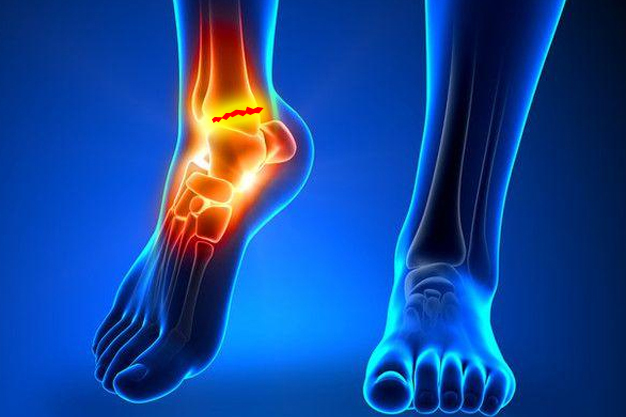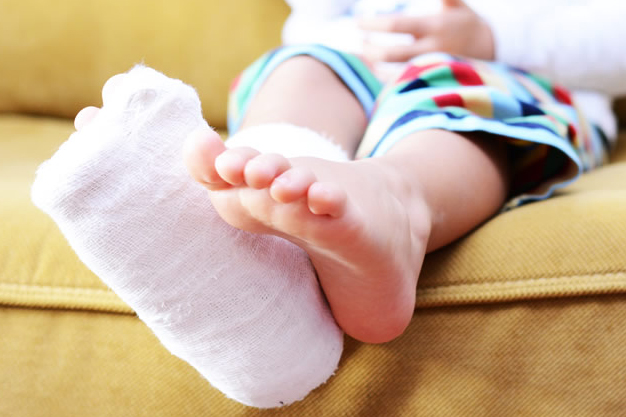Fracture Treatment
Mayur Purandare is a renowned orthopedic surgeon known for his expertise in fracture treatment, employing a comprehensive approach that combines surgical intervention when necessary with meticulous post-operative care to promote optimal healing and functional recovery.
Break in continuity of bone is known as Fracture. People commonly use words like ‘Bone Break’, ‘Crack’,‘Hairline’, ‘Buckle’ to describe it. It commonly develops due to injury, however it can occur after bone disease(pathological fracture) or overuse(stress fracture). It can be Treated by simple splinting, plaster, Reduction under anaesthesia or surgery depending upon type and condition of fracture.

Ankle Fracture
Ankle fractures can develop by twisting injuries of ankle or direct fall or impact. These are bony injuries involving lower ends of leg bones (tibia & fibula).
Wrist Fracture
Distal end radius fracture is most common fracture of upper limb. It is also a commonest osteoporotic fracture. Distal radius fracture represent approximately one sixth of all fractures.
Risk factors for distal end radius in elderly include decreased mineral density, early menopause, family history. It is more common in females.
Usually it happens on fall on out stretched hand. This happens when people try to balance or hold on wrist when they fall. High velocity injuries like road traffic accidents can also lead to distal radius fractures.


Hip Fracture
Intertrochanteric femur fracture and intracapsular fracture neck femur are common fractures in hip region. Intertrochanteric femur fracture amounts to 50% of proximal femur fractures.
Incidence is common in elderly. More common in females. It second highest osteoporotic fracture and commonest osteoporotic fracture of lower extremity. Weakened bones with age, vision impairment, balance problems predisposes elderly to these fractures. In elderly usually this is result of a trivial fall while in youngsters it develops after high velocity trauma. Hip fractures almost always require surgical fixation or replacement. Maintaining bone density and preventing falls can help in minimizing hip fractures.
Fracture in Children
Bones in children are softer and periosteum is thicker. so most of fractures in children are incomplete fractures, they are Greenstick fractures or torus fractures. children need very special Fracture Treatment


